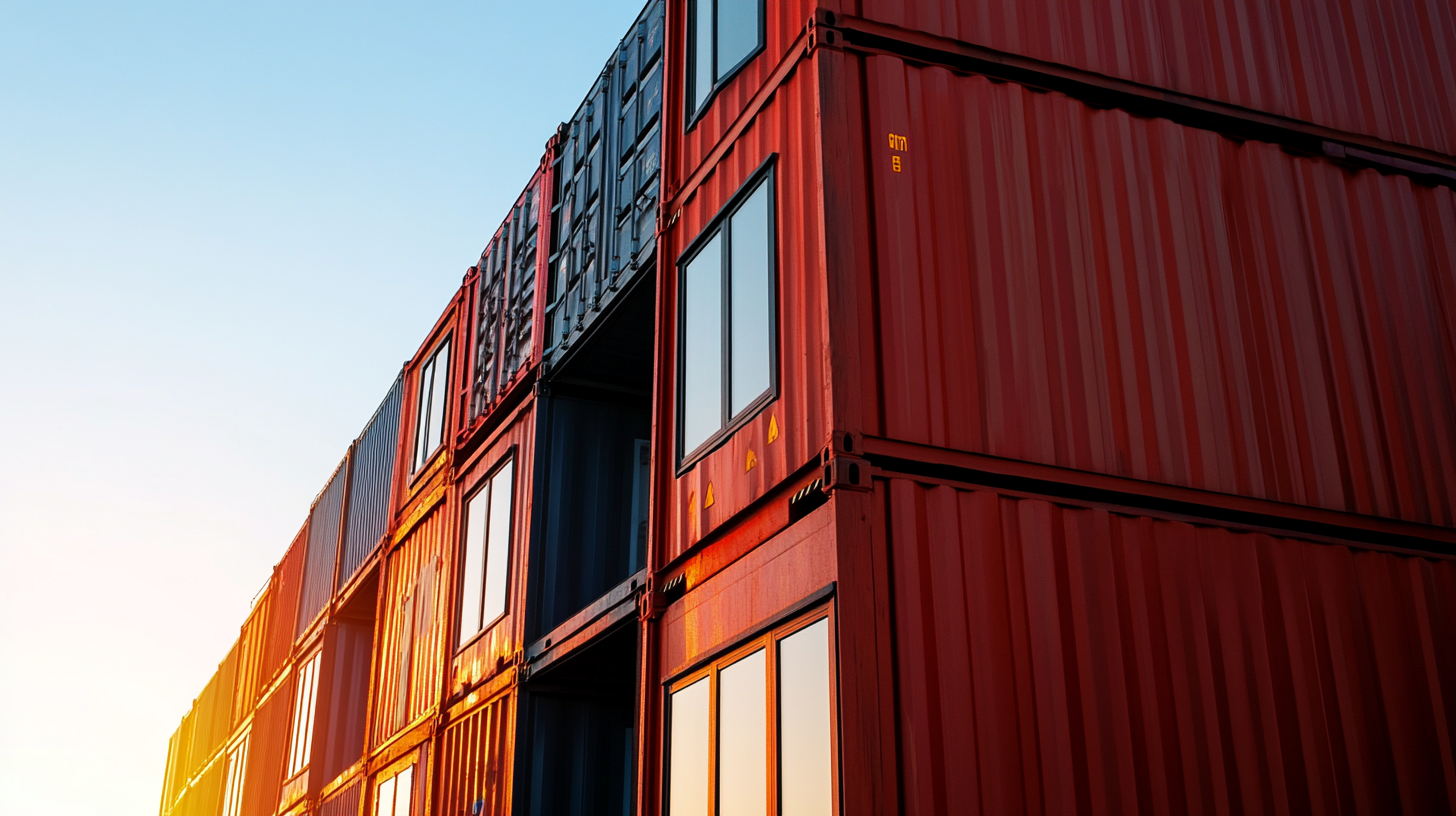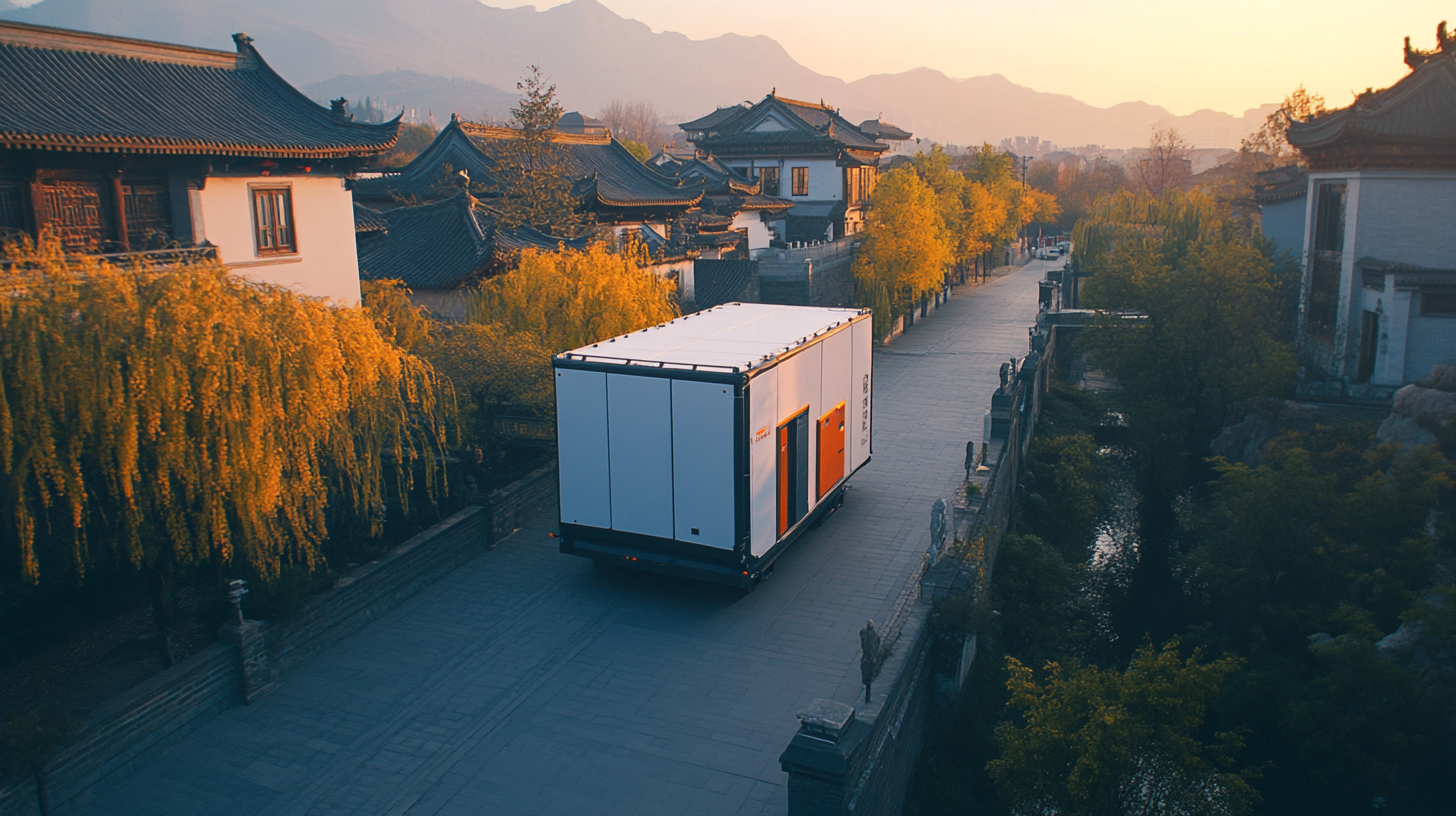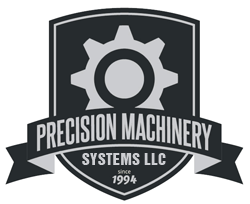How Chinese Manufacturing Thrives Despite US-China Tariff Challenges: The Rise of the Best Home Compactor
In recent years, the ongoing tariff challenges between the U.S. and China have created a complex landscape for global manufacturing. Despite these headwinds, Chinese manufacturing has shown remarkable resilience and adaptability, particularly in the realm of home appliances. Reports from the China National Development and Reform Commission indicate that China's manufacturing sector saw a 5% year-on-year growth in 2022, highlighting the ability to pivot and innovate under pressure. A notable segment experiencing a surge is the Home Compactor market, projected to grow at a CAGR of 6.2% from 2023 to 2028, according to a recent market analysis by Statista. This growth is fueled by increasing urbanization, eco-conscious consumer behavior, and the demand for energy-efficient solutions. As manufacturers in China leverage advanced technologies and streamlined production processes, they continue to thrive, creating not just products but sustainable solutions that meet the evolving needs of households worldwide.

The Resilience of Chinese Manufacturing in the Face of Tariffs
The resilience of Chinese manufacturing has been unmistakably displayed, especially in the context of increasing US-China trade tariffs. According to a report by the Chinese Ministry of Industry and Information Technology, China's industrial output expanded by 5.3% in 2022, demonstrating that domestic manufacturers have successfully adapted to external pressures. This adaptability has not only fortified their market stance but has also pushed industries to innovate, focusing on efficiency and quality. For instance, the rise of advanced home compactors reflects a broader trend in Chinese manufacturing where technology meets consumer demand.
Moreover, a study conducted by McKinsey & Company highlighted that nearly 60% of manufacturing leaders in China are investing heavily in automation and smart manufacturing solutions. This investment significantly enhances production capabilities and reduces costs, making Chinese products more competitive even with tariffs in place. As manufacturers prioritize sustainability and smarter production techniques, there is a notable shift towards eco-friendly home compactors that meet stringent global standards. This pivot not only ensures compliance but also resonates well with environmentally conscious consumers worldwide, thereby cementing the position of Chinese manufacturing in the global marketplace.

Innovative Strategies Driving Growth in Home Compactor Production
In the face of continuing US-China tariff challenges, the Chinese manufacturing sector is demonstrating remarkable resilience, particularly in the production of home compactors. Innovative strategies are at the heart of this thriving sector, enabling manufacturers to adapt their operations and enhance competitiveness. One key approach is leveraging advanced technologies to streamline production processes, which not only reduces costs but also improves product quality. Automation and smart manufacturing techniques are becoming increasingly prevalent, allowing companies to meet rising domestic and global demand efficiently.
Moreover, tapping into local markets and diversifying supply chains have proven essential for sustained growth. By establishing stronger connections with local suppliers and customers, manufacturers can mitigate the impact of tariffs and navigate shifting trade dynamics more effectively. This flexibility fosters innovation, leading to the development of superior home compactors tailored to consumer needs. As more manufacturers embrace these strategic shifts, China's home compactor production is set not only to survive but to flourish in a competitive landscape.
The Role of Technology and Automation in Manufacturing Success
The ongoing trade tensions between the US and China have undoubtedly posed challenges for manufacturers, but many have adapted by leveraging technology and automation. A report by McKinsey & Company highlights that more than 80% of manufacturers are moving towards digital transformation to enhance productivity and reduce costs. In this context, China's manufacturing sector has excelled by integrating advanced technologies such as artificial intelligence, robotics, and smart factory solutions, which significantly improve operational efficiency.
For instance, the rise of home compactors—a product greatly influenced by these technological advancements—demonstrates how automation can reshape the manufacturing landscape. According to a report from Statista, the market for smart home appliances is expected to reach $78 billion by 2025, with a significant contribution from automated compactors designed to ease waste management for consumers. By utilizing automated assembly lines and AI-driven supply chain logistics, manufacturers can respond to market demands swiftly while maintaining high-quality standards, allowing them to thrive even amidst tariff challenges.
Shifting Global Supply Chains: A New Era for Chinese Industry
As global supply chains undergo significant transformations, Chinese manufacturing is emerging as a resilient powerhouse, adapting to the challenges posed by US-China trade tensions. The shift in supply chains reflects a broader reallocation of resources and a reimagining of production strategies. Companies are not only looking to optimize costs but also to enhance efficiency and reduce dependency on any single market. China, with its vast manufacturing ecosystem, is uniquely positioned to leverage these changes, fostering innovation and driving the development of highly specialized products like home compactors, which are gaining traction both domestically and internationally.
The rise of advanced home compactors exemplifies how the Chinese manufacturing sector is evolving. These devices, which cater to the growing demand for space-saving solutions in urban environments, showcase China's ability to blend technology with practicality. By investing in research and development, Chinese manufacturers are creating products that meet the needs of a changing global marketplace. Furthermore, the strategic redirection of supply chains facilitates better collaboration with other nations seeking to diversify their sources, thereby embedding Chinese industry deeper into the fabric of global commerce. This evolution underscores a new era for Chinese manufacturing, characterized by resilience, adaptability, and a forward-thinking approach to international trade.

Government Support and Policy Adjustments Fueling Manufacturing Expansion
In the face of escalating US-China tariff challenges, the Chinese manufacturing sector has shown remarkable resilience, largely driven by strategic government support and policy adjustments. The Chinese government has recognized the need for a robust manufacturing base, especially in industries that demonstrate potential for innovation and efficiency. By implementing tailored subsidies for manufacturers and easing regulations, the authorities are not only boosting production capabilities but also encouraging the adoption of advanced technologies. This has laid the groundwork for the emergence of high-quality products like home compactors, which have gained popularity both domestically and internationally.
Moreover, the Chinese government’s focus on fostering local talent and enhancing research and development has led to significant advancements in manufacturing processes. Policies aimed at reducing energy consumption and promoting sustainability are transforming the industry, enabling manufacturers to produce more eco-friendly products. These shifts not only help counterbalance the impact of tariffs but also position Chinese manufacturers as leaders in environmentally conscious production. As a result, products like the best home compactor are becoming symbols of innovation and quality in a global market, showcasing how governmental initiatives can effectively drive industrial growth amidst challenging trade relations.
